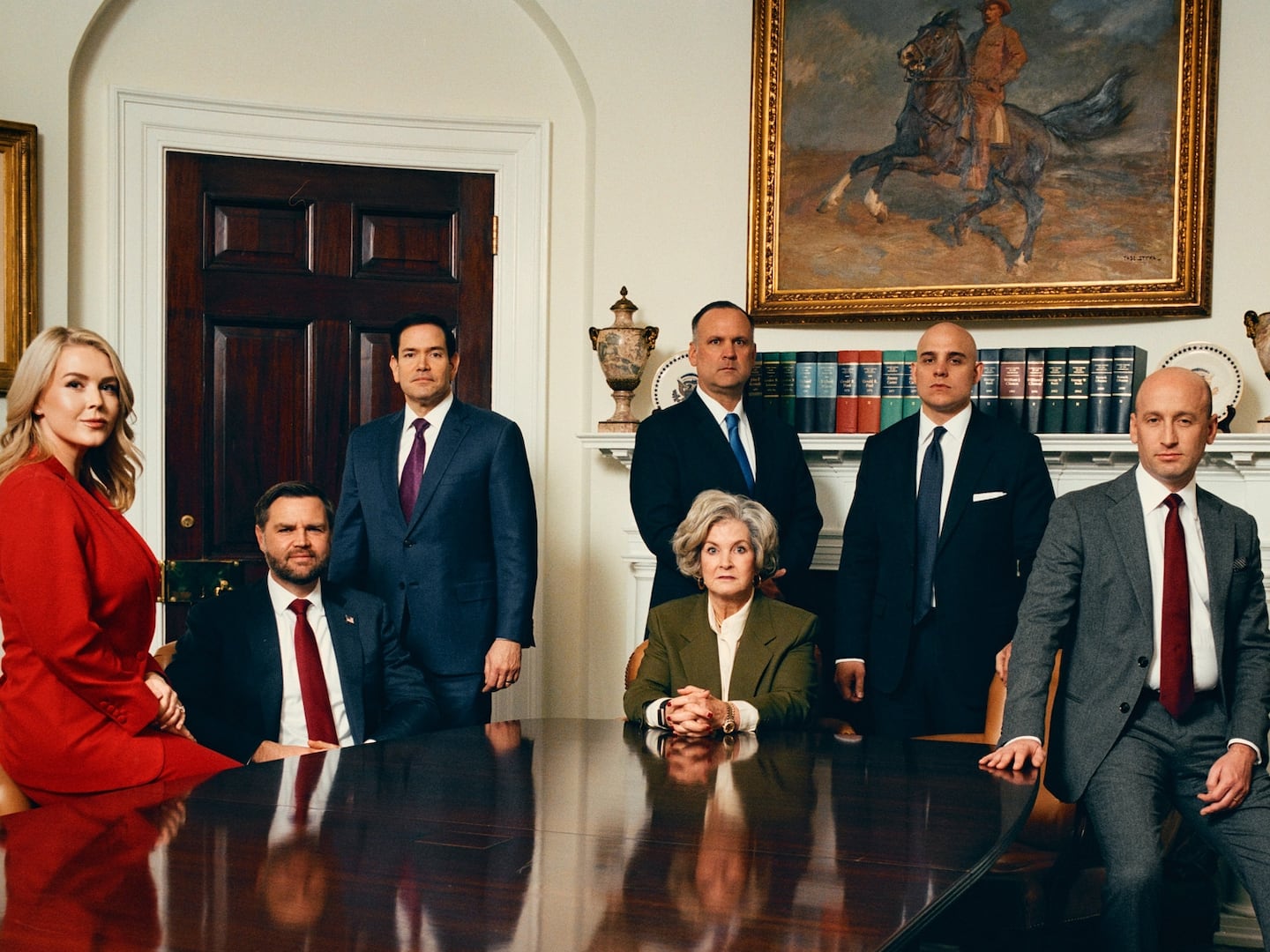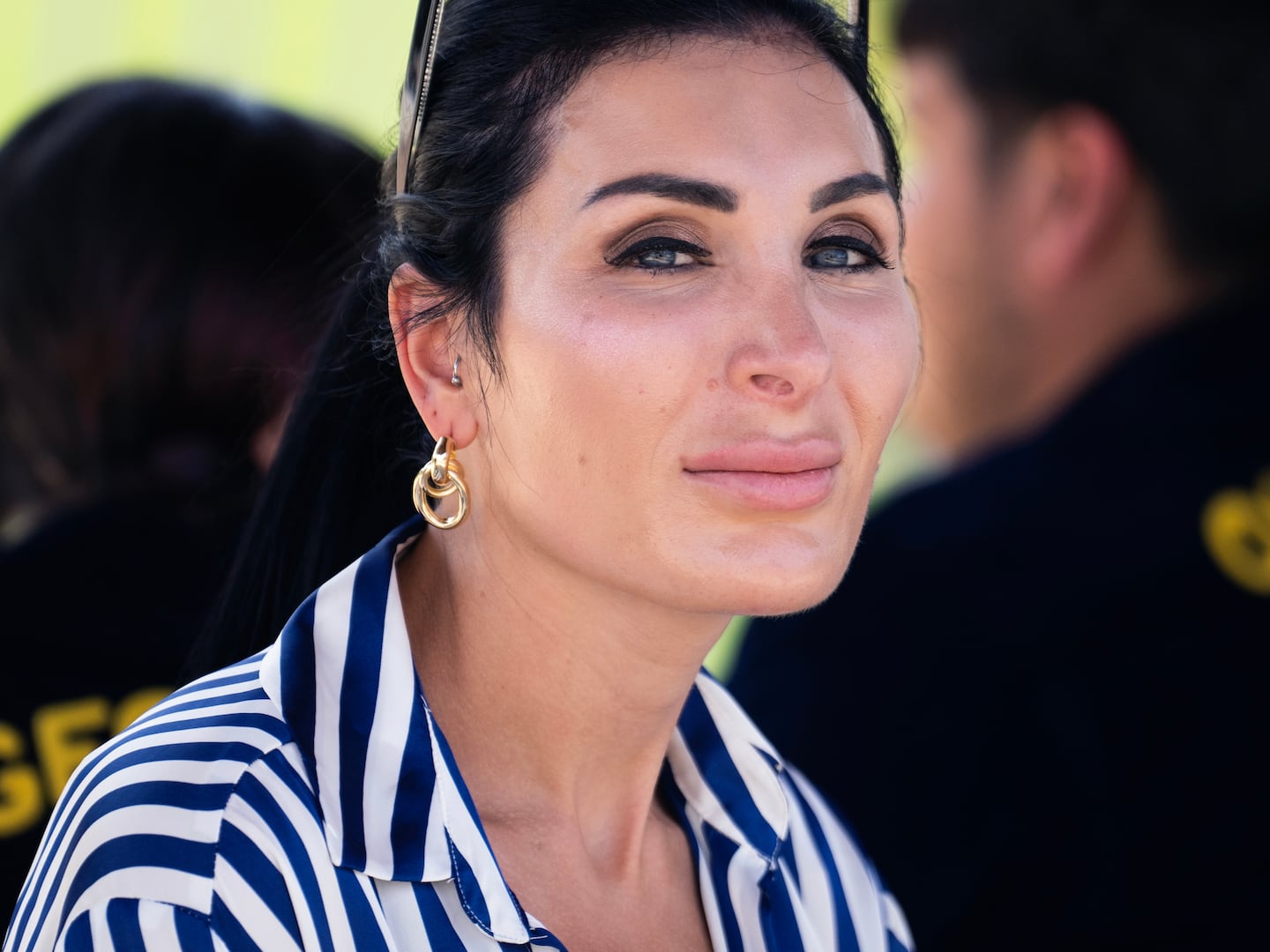The first Chinese scientist to publish a genomic sequence of the COVID-19 virus—without permission of government health authorities—says he has been allowed to return to his lab following a sit-in protest he started after he claimed to have been locked out of the facility over the weekend.
Virologist Zhang Yongzhen on Wednesday wrote online that the medical center where his lab is located had “tentatively agreed” to permit him and the rest of his team to return and resume their research activities. In an earlier post that has since been deleted, Zhang said he and his colleagues had been suddenly informed last Thursday that their lab had been closed for renovations, according to the Associated Press.
Zhang started sitting outside the Shanghai Public Health Clinical Center where his lab is hosted after guards prevented him from entering over the weekend. Images shared online show Zhang lying on a piece of cardboard in front of the entrance to the facility. His protest was widely discussed on Chinese social media, putting the actions of local authorities under scrutiny.
The Shanghai Public Health Clinical Center had said in its own post Monday that Zhang’s lab was shut for “safety reasons” during renovation work and that Zhang’s team had been given an alternative lab space. Later in the day, Zhang alleged that the alternative space lacked sufficient safety measures for their work and that they weren’t even offered the new lab until after they were told of their eviction.
Zhang has reportedly faced various professional setbacks and demotions since he published the virus’ sequence four years ago without the approval of the state.
He and his colleagues first decoded the pathogen—a crucial step for the eventual development of effective test kits and vaccinations—on Jan. 5, 2020. Zhang wrote an internal notice warning Chinese authorities of the virus’ ability to spread, but did not initially publish the sequence.
The day after, China’s top health official issued a temporary closure order on Zhang’s lab and the virologist faced pressure from local authorities. He eventually published the sequence without health officials’ sign-off on Jan. 11, 2020, amid international calls for it to be released.
In his Wednesday post on Chinese social media platform Weibo, Zhang expressed gratitude to those who had expressed solidarity with his sit-in protest.“Thank you to my online followers and people from all walks of life for your concern and strong support over the past few days!” he wrote.







